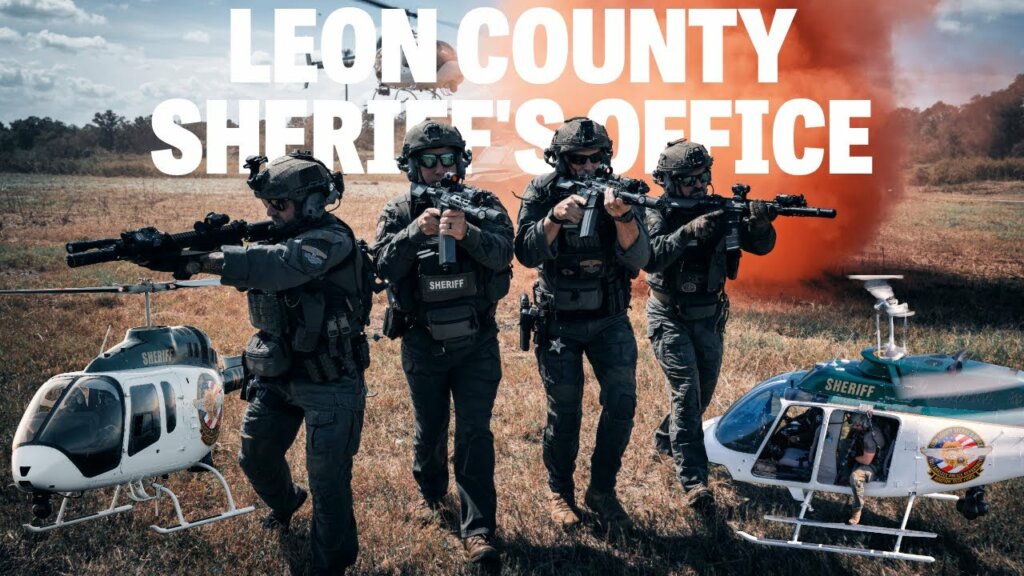Joby has revealed that its fully electric air taxi prototype has flown more than 150 miles (240 kilometers) on a single charge, which the company believes is the longest full-scale eVTOL flight to date.
Although Vermont’s Beta Technologies recorded a flight of 205 miles (330 km) with its fully electric Alia aircraft on July 7, that eVTOL prototype was flying in airplane mode with its drag-producing overhead lifting propellers removed. Joby’s aircraft covered a total distance of 154.6 miles (248.8 km) during its record-setting flight, including a power-hungry vertical take-off and landing.
Joby’s achievement was not recorded on third-party flight tracking websites like FlightAware, but eVTOL.com was given access to company test data that substantiates the claim. A spokesperson for Joby explained that the company doesn’t have a transponder switched on regularly on the vehicle: “Partly that’s because we’re respecting the privacy of the location we’re operating in, but we’ve also noted that the accuracy of the data when we do have it on is very limited.” FlightAware does show that on July 7, Joby’s prototype flew at least 108 miles (173.8 km) during a flight around Fort Hunter Liggett, the restricted testing site to which the aircraft was transferred last year.
Joby told eVTOL.com that its 150-plus-mile flight took place on July 21, but publicly specified the location only as the company’s “Electric Flight Base in Big Sur, California.” The company said the aircraft was remotely piloted from the ground by chief test pilot Justin Paines, who flew the aircraft for one hour and 17 minutes, completing 11 laps of a predefined circuit.
Although Joby declined to specify the payload carried by the aircraft in test configuration or say how much reserve battery power it had upon landing, the accomplishment is a significant one for the company, which has long touted a 150-mile range for its eVTOL air taxi. In a press release, Joby founder and CEO JoeBen Bevirt said that with the milestone flight, “we’ve achieved something that many thought impossible with today’s battery technology.”
According to Joby, its prototype aircraft uses commercially available lithium ion batteries based on cells with NMC (nickel-manganese-cobalt) 811 cathodes and graphite anodes. The company claims to have demonstrated in laboratory testing that its batteries are capable of more than 10,000 flight cycles representing its expected average flight length of 26 miles (42 km).

Jon Wagner, Joby’s head of powertrain and electronics, who previously led battery engineering at Tesla, said the company has “worked hard to maximize the energy efficiency of this aircraft and prove what we have always known to be possible with today’s battery technology. With the right cell chemistry and a lot of hard work across the entire engineering team, we’ve been able to create a remarkably efficient aircraft that can make the most of today’s commercially available batteries.”
Justin Paines said that Joby has been building up to its record-setting flight for several months by flying progressively longer sorties. “As we’ve extended the range, we’ve been able to identify modifications to the aircraft that improve efficiency and, for the final few tests, we were able to upgrade the landing gear on our prototype aircraft to one with a drag profile more representative of what we expect to see on our production aircraft,” he stated.
“While we still have plenty more testing to do, achieving this milestone is an important validation of our technology and I’m incredibly proud to have played a small part in what is, to our knowledge, the longest all-electric eVTOL flight performed to date,” Paines added.
Joby aims to certify its five-seat production aircraft with the U.S. Federal Aviation Administration and launch commercial passenger service in select cities by 2024.
This article has been updated to add that eVTOL.com reviewed test data for Joby’s 150-plus-mile flight, and that the company declined to specify the payload on board.









Does “remotely piloted from the ground” means no 150+ lbs of pilots on board? “Although the aircraft did not carry a full payload” – how much payload was there?
Good question.
Commercial passenger service will not be launched by 2024. To state otherwise would be questionable at best.
I’m curious … everyone seems to by consumed with starting off as all electric, BUT why not start with a hybrid Vtol vehicle ?
The primary power source would be batteries with a small gas generator, maybe a small Wankel motor, to run a generator to provide electric power.
I can think of three (3) possible concepts for this:
1. Use the gas powered generator for Vtol take offs and landings, which are power demanding/extensive parts of flight … or
2. Use the gas powered generator to provide power when the battery level reaches, [say], 25% battery charge left … or
3. Use a combination of both of these concepts.
Any of these ideas would both extend the vehicles range and provide a serious safety-of-flight increase.
I’m just curious as to why I haven’t seen anything recent on this.
Adding a gasoline engine and gasoline is adding weight. That will lower the effective range plus demand even more power for take-offs.
Not quite. The energy density of gasoline will offset the additional weight. The issue may be the generator required as well as other equipment. If you used 4 small gasoline engines instead of electric motors, then you would be able to evaluate the issue. Not knowing the power level of the electric motors is one thing needed. Also, for best performance of a gasoline engine, it needs to operate at a high speed, and the issue then becomes the propeller design etc. Hybrids work, and the trade-off is about the range of the pure electric versus the size of the gasoline engine; how small can you make the gasoline engine/generator in order to keep the battery charged.